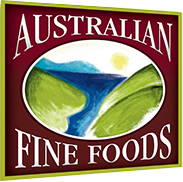

Understanding Food Labels for a Healthy Diet
In today’s fast-paced lifestyle, as much as everyone would like to be healthy, most fail as they see it as an extra task and just don’t have the time and energy to exert the extra effort. But who says it should be bothersome? The trick to starting shredding some extra pounds or just simply wanting to live healthily is by choosing the healthy options. How? By understanding how to check food labels, shopping for nutritious food will be easy and you’ll surely make better decisions.
But with all the food products available in the market, where do you start? We narrow things down by first learning which kinds of food are best for you through the Australian Guide to Healthy Eating.
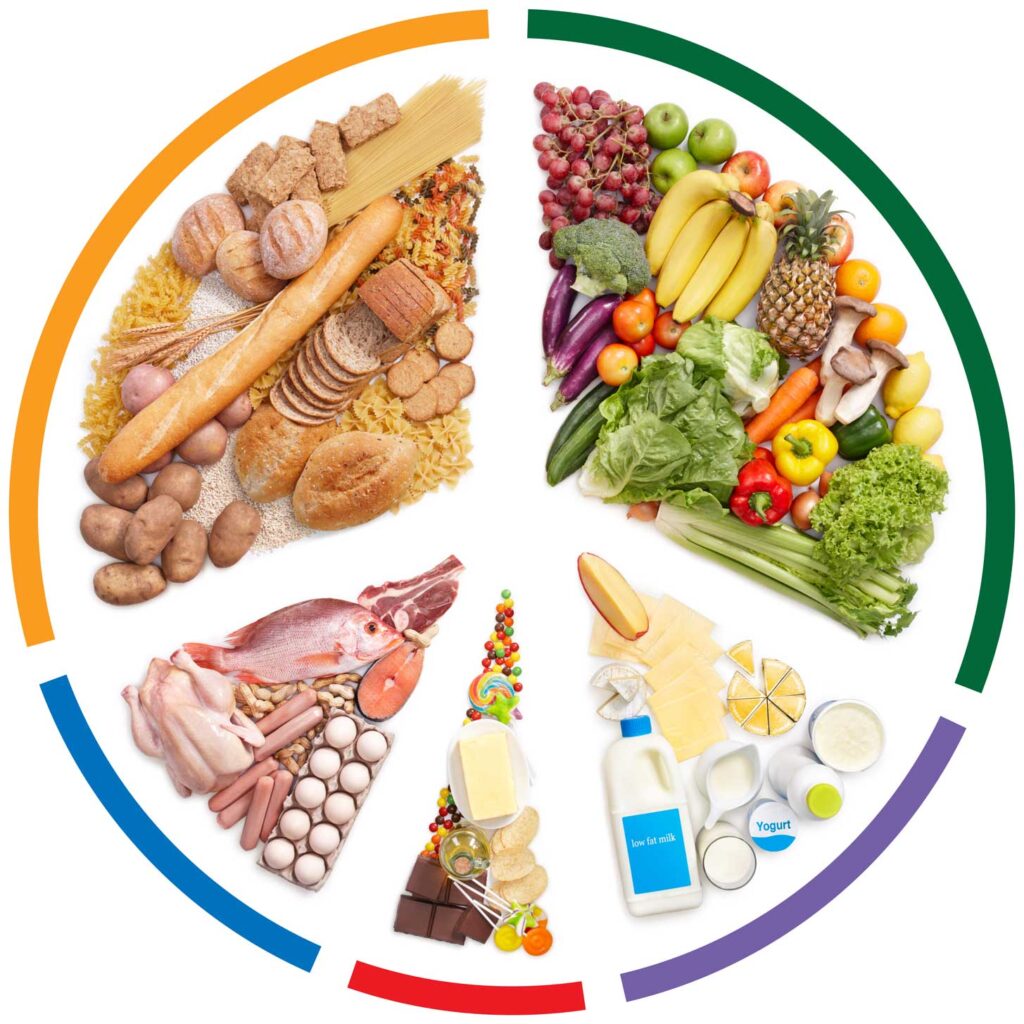
This chart shows everyday food can be categorised into five (5) groups (grains, fruits and vegetables, proteins, dairy, and healthy fats) and distributed according to the amount it could be consumed. This will guide you on which type of foods you could indulge in most as well as those that should be taken moderately and in little portions. So, before you start picking out foods, identify first where on these 5 food groups they belong. But of course, if your goal is to lose weight, then it would be best to stick with the main food groups and abstain from those loaded with extra kilojoules, sugars, and fats. Once you’ve figured it all out, it’s time to check on the food labels.
Every food package is required to have a nutritional information panel. This indicates product-specific information such as serving size, kilojoules, and dietary information which includes fats, sodium, and fibre content. By looking through it, you will be able to compare similarly packaged food products and also see whether that snack you’ve been eyeing is worth the kilojoule.
Here’s how you inspect the nutritional panel: (https://www.eatforhealth.gov.au/sites/default/files/files/eatingwell/efh_food_label_example_130621.pdf)

Additionally, a new labelling scheme called the Healthy Star Rating (HSR) System has been developed in Australia and New Zealand that gives shoppers a much simpler view of the relevant nutritional information (energy, saturated fat, sugars, sodium, and nutrient) including an overall health star rating. Thus, it helps make you easily decide which food products to choose by just comparing stars. More stars mean it’s a healthier option for you. See, choosing the healthy option is easy-peasy!

Aside from these nutritional facts and guides, you should also be cautious with nutrition content and health claims. Just because that snack claims to have ‘reduced fat’ means you can go and grab it. Make sure to check the label first and see whether its ingredients and nutritional value support its nutrition content claim. Meanwhile, health claims can be classified into two (2): general level and high-level health claims. The first involves a certain substance or content that has an effect on a health function, while the latter states that a particular nutrition content can prevent severe disease. Nevertheless, these claims are now subject to criteria and standards by the Food Standards Australia and New Zealand.
Being sceptical isn’t always negative, it pays to be particular and mindful of what you feed to your body. And efforts put into being healthy are never wasted nor unnecessary. After all, what will you lose if you choose to live healthily?
Published in News
News - List

Australian food products receive a new look with country-of-origin label

How to shop your groceries like a pro

More support provided to farmers of South-West Victoria

Saputo takes over Murray Goulburn

Australian drought affects agriculture and dairy industry
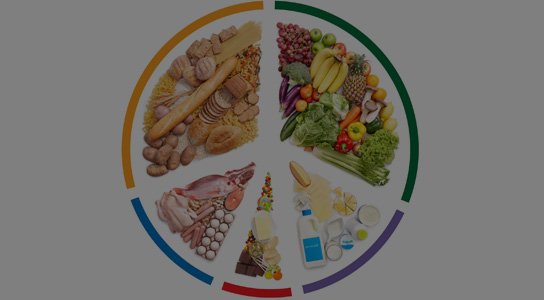
Understanding Food Labels for a Healthy Diet
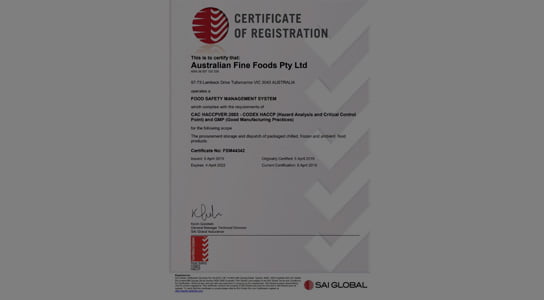
Australian Fine Foods CAC HACCPVER:2003 - CODEX HACCP and GMP & ISO 9001:2015

Taste the Australian Food Show - Australian Ambassador to Taiwan ...

New market engagement program trialled in key Southeast Asian markets

Second Taste Australia event showcases premium Australian produce

Australian dairy processors continue to plan for the long term

Dairy Australia promoting dairy on the international stage

Dairy analysts watching European weather closely

Dairy Foods, Sport & Fitness

Dairy Nutrients

Dairy and your Health
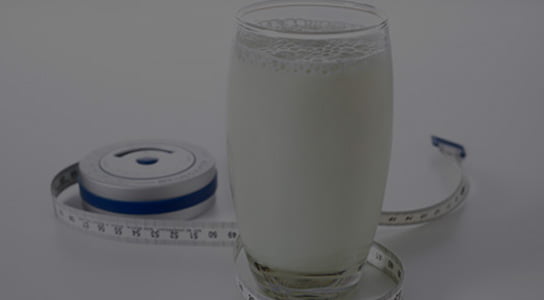
Dairy and Healthy Weight

Dairy part of a balance diet

South East Asian Scholarship Program, 2019

2018 Milk Quality Awards

Fonterra makes $165m investment in Australia

Strengthening ties with key markets

The cream of the crop crowned at the Australian Grand Dairy Awards

Dairy Australia activities 2017
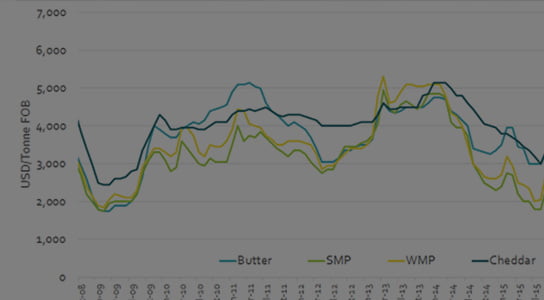
Market commentary November 2017
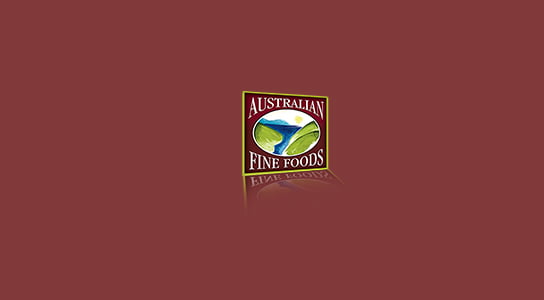
Situation and Outlook June 2017




Dairy Situation and Outlook October 2016




The Dining Boom


